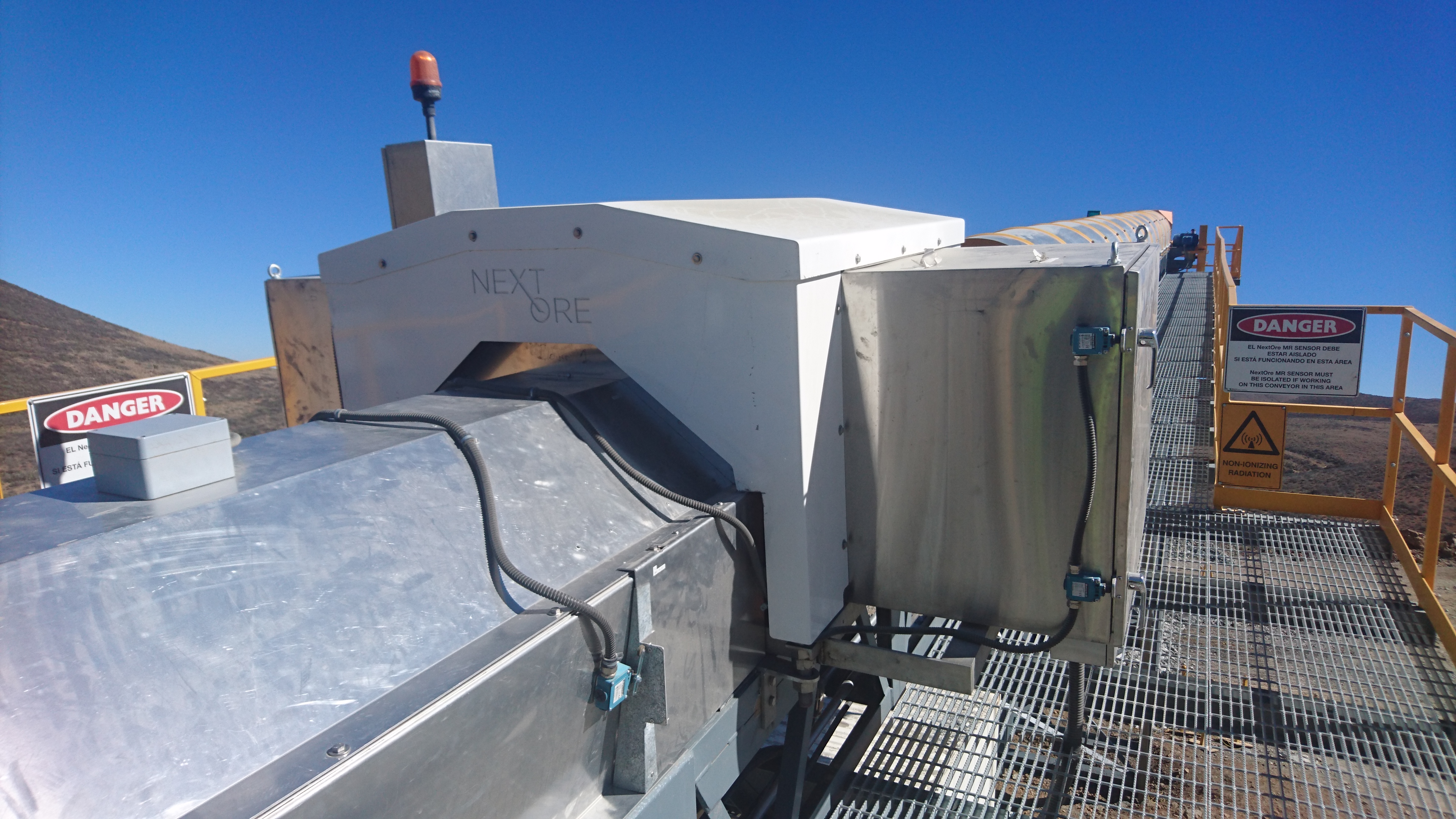The NSW Minister for Planning and Public Spaces, the Hon. Rob Stokes MP congratulated the successful applicants in the inaugural NSW Physical Sciences Fund on 10 December 2019 at an event held at The Calyx, in Sydney's Royal Botanic Gardens. Also in attendance were the Parliamentary Secretary to the Premier, the Hon. Gabrielle Upton MP and the NSW Chief Scientist & Engineer, Professor Hugh Durrant-Whyte, who joined an audience of entrepreneurs, investors, researchers and key government and industry stakeholders.
The five applications successful in receiving funding in the inaugural Physical Sciences Fund are:
Carbonix
Domani 25kg Powered Lift Drone
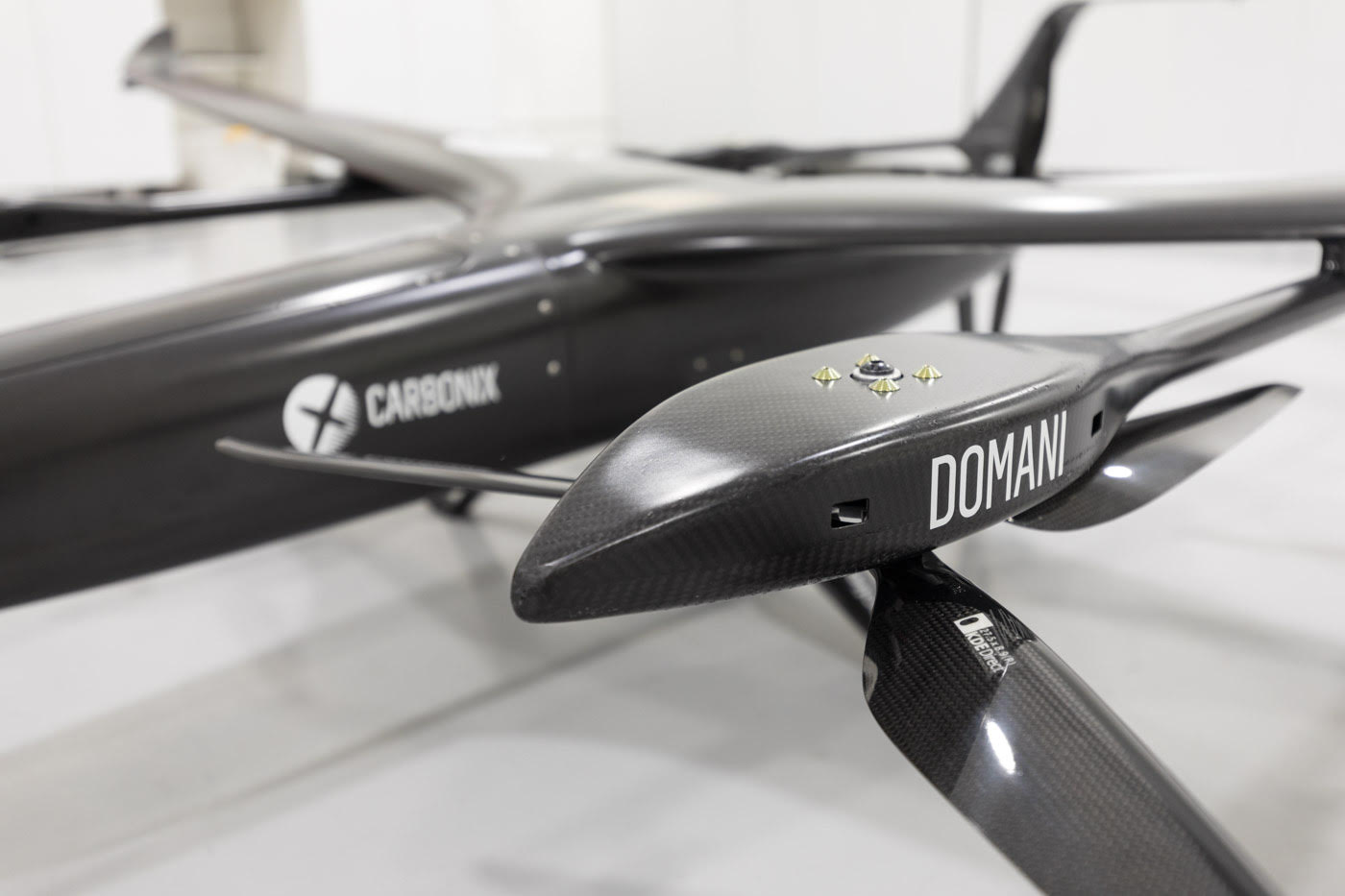
To date, customers wishing to deploy heavy, sophisticated sensors to monitor uniquely Australian challenges such as shark movements, fire and flood, environmental changes or even remote search and rescue scenarios have had to rely on expensive manned aircraft.
Through newly invented advanced manufacturing processes, Carbonix has developed Domani, Australia’s first heavy-lifting, long-range powered-lift 'small’ fixed wing drone, offering an economical alternative to commercial manned flight operations.
Domani offers several key features never before deployed together on one drone. Domani will be capable of flying for up to 15 hours, carry five kilograms in sophisticated sensor payload, fly beyond visual line of sight (BVLOS) missions and is able to take off or land anywhere with powered-lift capabilities.
Weighing just 25kg, Domani sits within the small drone category, making its operation accessible to the general market, while also having clear applications for both industry and defence. Drones in the mining industry have already made significant improvements in safety and costs, and more sophisticated drones will only improve this.
Domani will meet the significant demand both locally and internationally for a drone that can replace some manned aircraft operations, enabling more regular data capture at a much lower cost.
Hone
HoneLab and AI Platform
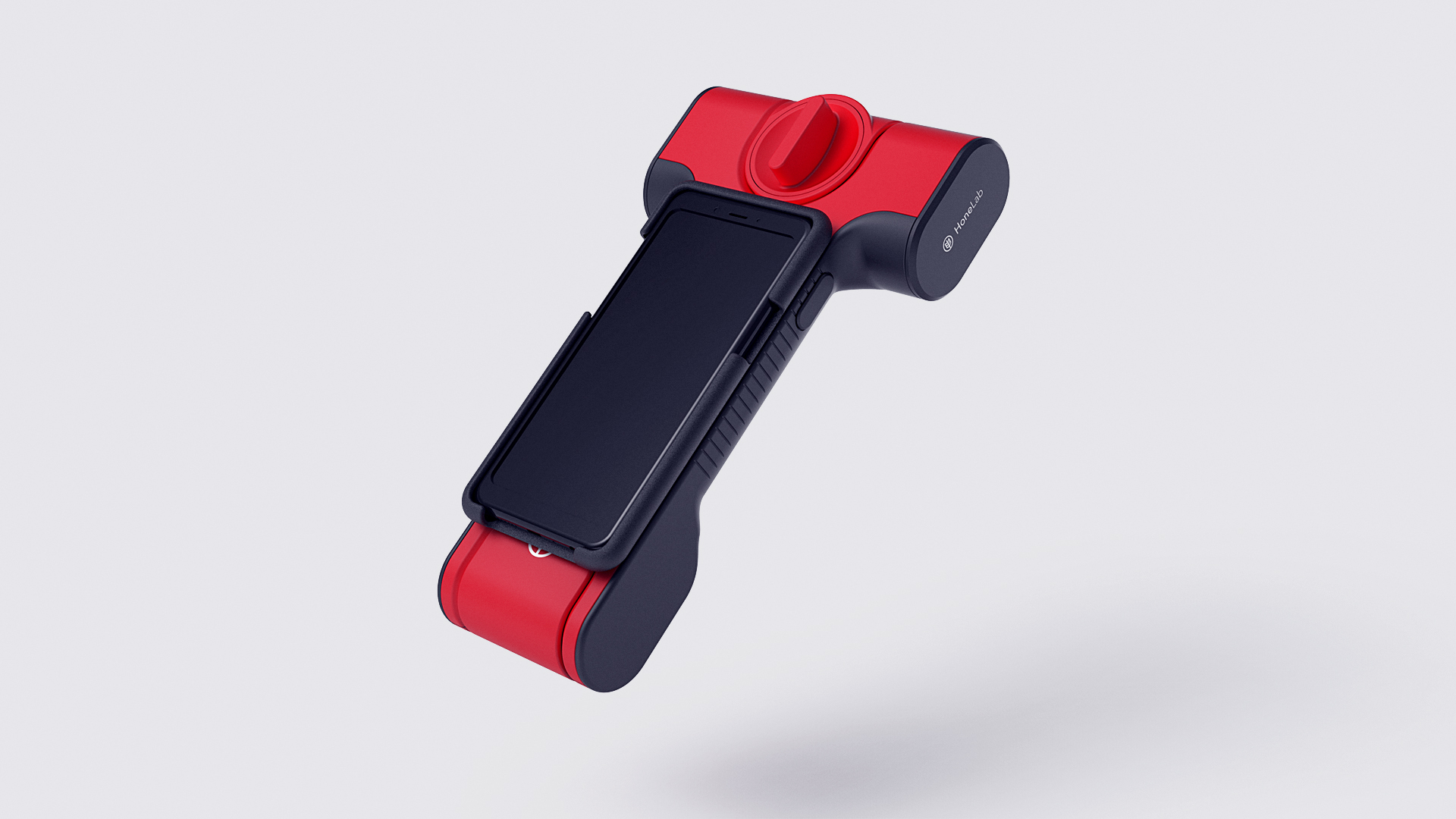
For a winemaker, sending sample of soil, grapes or wine to a lab for chemical analysis is costly and often delivers results too slowly to enable optimum business decisions to be made. Hone provides technology that allows the winemaker to make key decisions about each and every vintage, within seconds.
Hone is a complete platform which attaches to the back of a smartphone, employing key spectroscopy techniques to assess the chemical traits of any solid or liquid. A molecular fingerprint is taken when a sample is scanned. The way the light is returned from the sample reveals information about its molecular bonds and what they are bonded to. This creates what’s known as a spectrum.
In order to analyse this spectrum, the data is transferred to the Artificial Intelligence (AI) cloud via Hone’s smartphone App and decoded for the quantitative or qualitative variables of interest the user has specified for that sample. This has significance throughout the entire winemaking cycle, from analysis of soil nutrients, to the uptake of nutrients by the vine, through to the sugar, tannin and acid levels of the fruit itself.
The technology can be applied at all stages from crush to bottling, allowing the winemaker to monitor for the desired chemical balance or to provide early detection of unwanted chemical traits.
NextOre Pty Ltd
Magnetic Resonance Analyser
NextOre’s Magnetic Resonance (MR) Analysers are sophisticated devices designed for use in the mining industry. Employing similar technology to the Magnetic Resonance Imaging equipment used in healthcare, MR Analysers are fitted to mining equipment and produce real-time, accurate measurements of metal concentration in ore as it travels through the mine.
Data of this nature has not previously been available to mining companies at this accuracy or on a second-by-second basis. While instruments and systems that measure metal grades have existed for some time, they usually do so on very small samples of the ore or over periods of hours or days.
Globally declining grades of ore are coinciding with increasing global demand, resulting in an exponentially accelerating rate of waste production from mining. This is where MR Analysers can greatly improve mining efficiency.
By being able to quickly and cost-effectively measure ore grade in the mining process, waste can be removed early, significantly reducing the amount of energy, water, fuel and chemicals used downstream. This technique is called ‘bulk ore sorting’, and NextOre is a global leader in enabling its implementation.
UNSW Sydney SMaRT Microfactory Technologies
Recycled Glass Panel Line
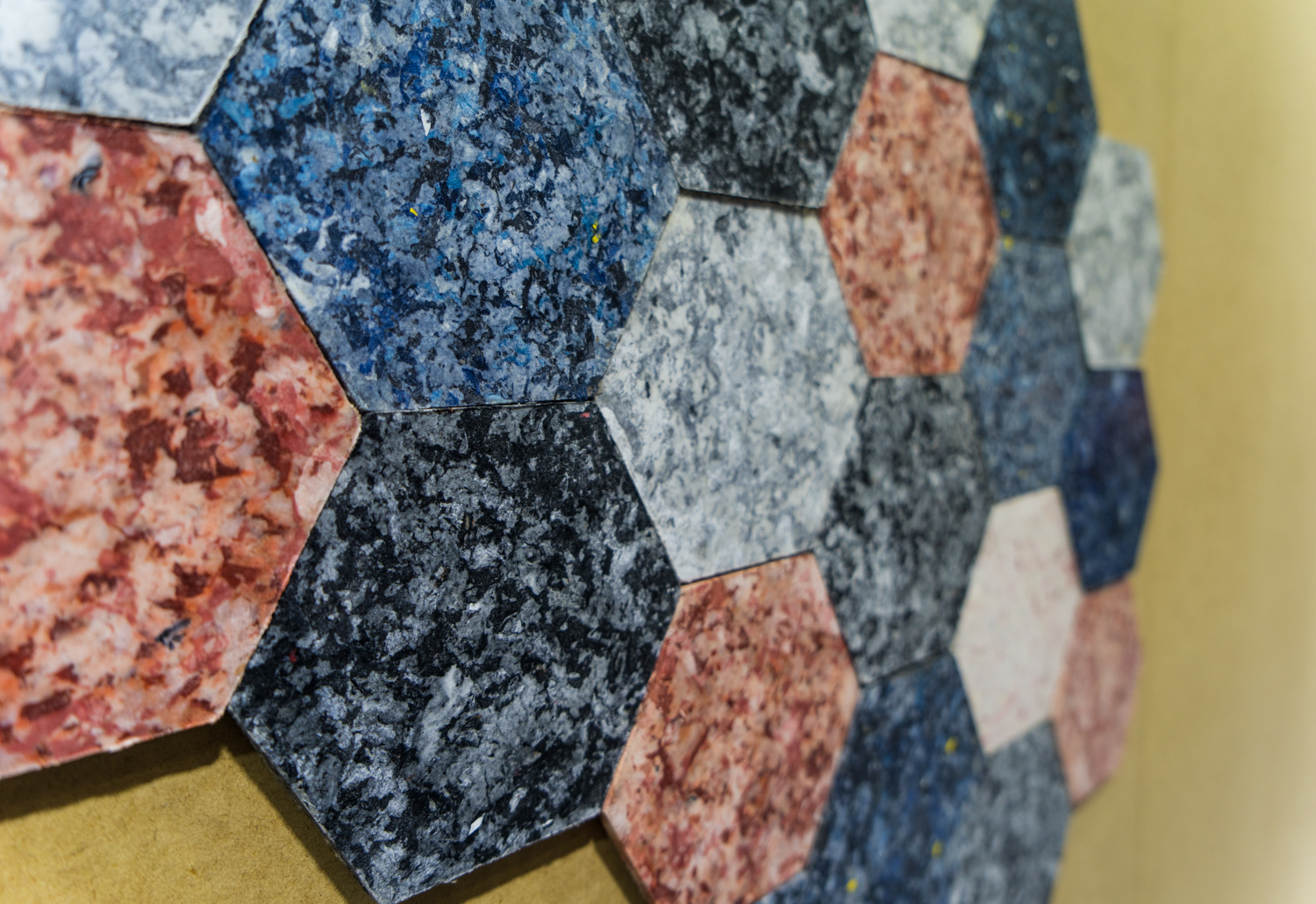
With large volumes of unrecovered glass currently stockpiled or taken to landfill, UNSW Sydney's SMaRT Centre will use its microrecycling science to develop viable solutions to reform waste materials into value-added products for use in the built environment.
The panel products are made from a variety of waste materials including waste glass, single use coffee cups, used coffee grounds and waste textiles. Each panel contains between 50 and 80 per cent waste material, with many of these materials being diverted from landfill. The ceramic-based panels made from these discarded materials will be tested for applications in the built environment and may include tables, countertops and tiles.
UNSW Sydney aims to establish SMaRT Glass Panel Microfactory manufacturing facilities to service locally or regionally produced waste material streams, reducing the logistics of transporting recycled materials. It is projected that each Microfactory job created will have a multiplier effect in the economy as a result of creating a new supply chains and manufacturing opportunities.
The University of Newcastle
Hydro Harvester
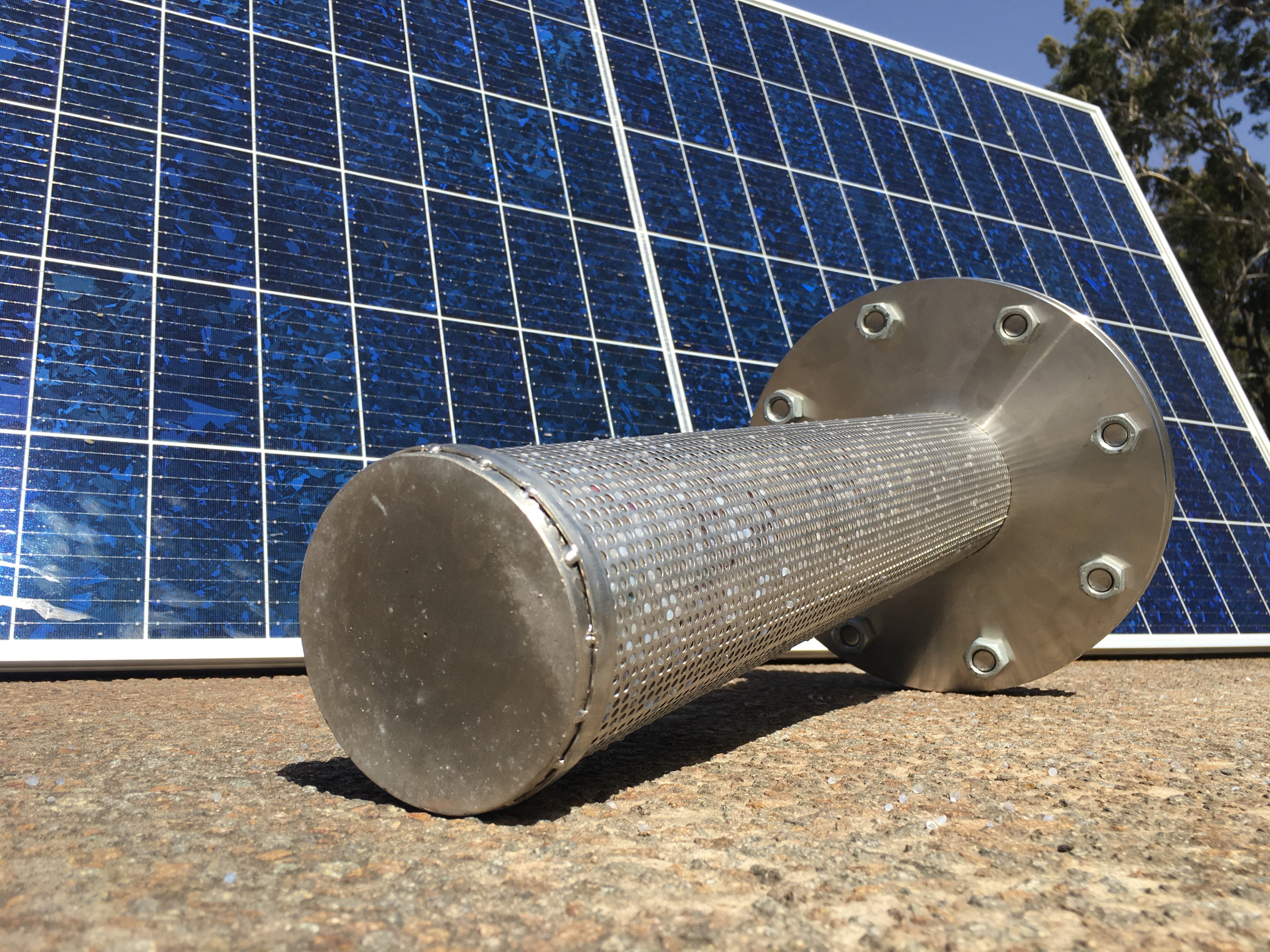
A traditional commercial atmospheric water generator (AWG) is based on a refrigeration cycle where ambient air is cooled to below the dew point. This requires significant electricity usage, resulting in high operating costs and a high cost per litre of water produced. In addition, an AWG only functions optimally within certain temperature and humidity ranges.
The Hydro Harvester is a simple, low-cost device enabling the production of water from air. The unique feature of its production process -- which is a variation of cyclic adsorption and desorption of water from silica gel -- is that this occurs independently of ambient temperature and humidity and, hence, can be deployed almost anywhere. The Hydro Harvester will produce water at less than a quarter of the price per litre of a small residential AWG running on NSW grid electricity. Significant reductions in cost at larger scales can be achieved where waste heat can be utilised.
Around 780 million people globally are currently living under water stressed conditions, a figure expected to rise to 4.8 billion by 2025. Of this, a staggering 1.8 billion people will be living in regions with absolute water scarcity, with no fresh water resources or uneven distribution and access to water. This crisis illustrates the compelling need for wide-scale deployment of water generation technology.
